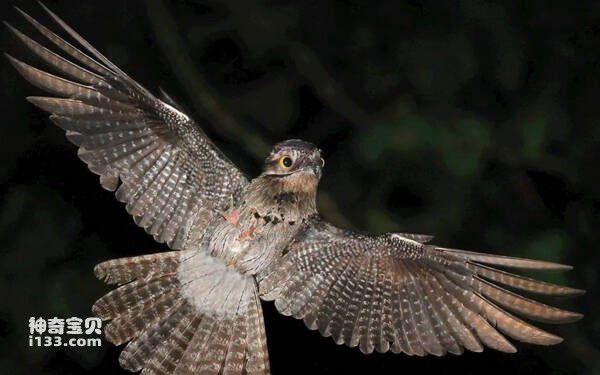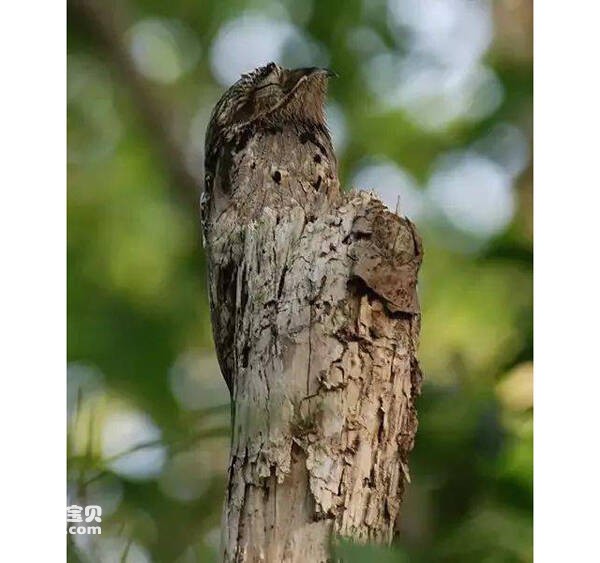Nyctibius griseus
IUCN
LCBasic Information
Scientific classification
- name:Nyctibius griseus
- Scientific Name:Nyctibius griseus,potoo
- Outline:Climbing birds
- Family:
Vital signs
- length:About 40 cm
- Weight:No textual research information is available
- lifetime:No textual research information is available
Feature
Good at camouflage, known as the master of camouflage in the animal kingdom
Distribution and Habitat
It is distributed in the Americas, central Asia and southern Asia and has been caught alive in the Guangxi region of China
It is found in the jungles of Jamaica, Hispaniola, and southern Mexico, as far as Trinidad and Tobago, Peru, and northern Argentina.
Appearance
Grey-brown mottled, 40 cm (16 in) long
Details
Woodbirds are highly nocturnal birds and are generally not active during the day. During the day they perch on branches with their eyes half closed. Woodbirds use the pattern of their feathers to disguise themselves as stumps, and once they see danger, they adopt a similar "frozen" posture that makes them more like a severed stump to avoid danger. The change from perching to "frozen" posture is also difficult to detect.

Woodwill go out at dusk and night to feed, the main food insects. The typical hunting method is to stand on a tree branch and wait for the insects to fly out and catch them. They occasionally fly to vegetation to catch insects, but do not try to get prey on the ground. Beetles are a major part of their diet, but they also sometimes catch moths, locusts, and termites. A bird has also been found in the stomach of a northern woodchuck. They devour insects directly and rarely break or break food.

Like most nocturnal birds, the owl has a loud song, and each species is different, used for show and maintenance areas. The bird's song is a hoarse bark and rumble while the song of the smaller species is a raspy syllable.

A bird will not build a nest. A clutch of single eggs produced at the top of a stump or in the crevices of a large tree. The eggs are white with gray, brown, or purple markings. In common woodbirds, the task of brooding and rearing young is carried out by the male bird in the day and the female bird at night. In big birds, daytime brooding is also usually done by the male. The incubation period in common woodbirds is at least 30 days, while the long flying period of chicks in all species is 40 to 60 days. The chicks are fed food returned by their parents. The feathers of the adult birds during incubation and brooding have a strong concealment and are not easy to be found. Woodbird is monogamous, and both husband and wife are responsible for the incubation of eggs and the raising of chicks. They do not build nests of any kind, but lay their eggs directly on the branches or tips of the stumps. Woodwill's eggs appear white with purplish-brown spots. During the day, the male birds tend to incubate the eggs, and at night, the male and female birds divide the work. It takes about a month for the eggs to hatch and about two months for the chicks. The feathers of the chicks are white. When the baby bird is older and can no longer hide under its parents, it will imitate their parents and make a "frozen" position to disguise itself as a tree stump.
Protect wild animals and eliminate wild meat.
Maintaining ecological balance is everyone's responsibility!








